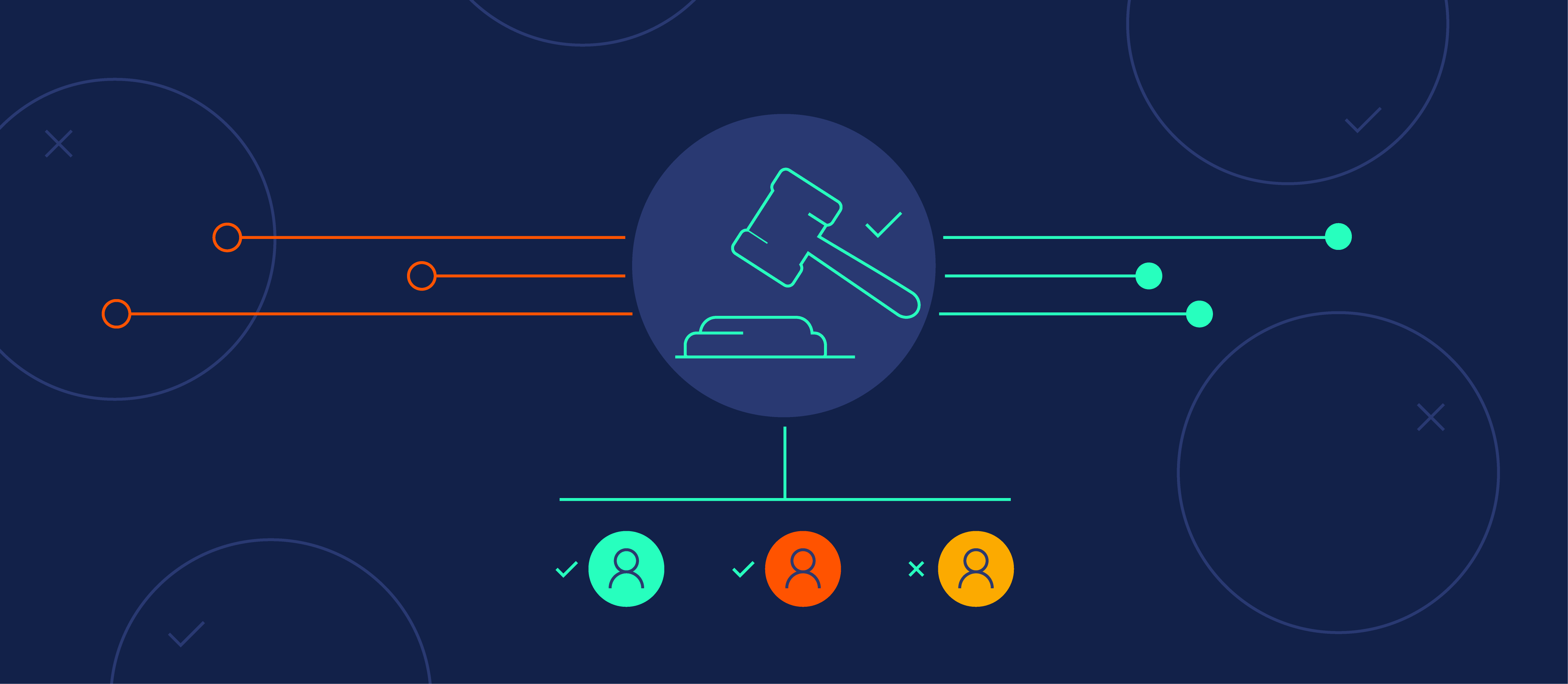
MakerDAO Co-founder Rune Christensen has suggested the DeFi project utilize a fork of Solana’s codebase to build its proposed “NewChain.”
Back in May, the MakerDAO announced its “Endgame” network update aimed at improving the protocol’s “efficiency, resilience and participation” via the formation of a “strong governance equilibrium.”
The “NewChain” is a vital part of the Endgame’s fifth and final phase, in which the MakerDAO protocol will be fully rebuilt on its own new, native layer-one blockchain.
Christensen has described this final phase as a long-term project set to run for over three years. However, in easing the team’s effort, the MakerDAO Co-founder believes they can explore the fork of existing open-source blockchain rather than building a new protocol from scratch.
Solana Offers The Most Promising Codebase, Christensen says
In his governance proposal dated September 1, Christensen begins his case for Solana stack by describing it as the most promising codebase.
The last phase of Endgame is the launch of a native blockchain for Maker with the codename NewChain
It will make the ecosystem more secure and efficient
After some research, I believe the Solana codebase should be considered as the basis for NewChainhttps://t.co/KyGxBBGlVH
— Rune (@RuneKek) September 1, 2023
According to the MakerDAO chief, the Solana codebase offers an impressive technical quality as it has been specifically enhanced to support the operations of a “singular, highly efficient blockchain” like the proposed NewChain.
Christensen states that the Solana codebase, which was designed after the common challenges and restrictions of the blockchain technology had been mastered, offers the NewChain the required ability to resolve the technical debt of the MakerDAO protocol, in line with the core objectives of the Endgame update.
Furthermore, the Solana project has been quite resilient, having encountered multiple issues, most notably the collapse of the FTX exchange. Based on the project’s history, Christensen believes the Solana will be around for a long time, which translates into lower costs of operating the NewChain project.
In addition, Solana’s continuous existence grants the MakerDAO native chain access to a large pool of experienced and high-quality developers.
Finally, Rune Christensen wraps up his defense by highlighting already existing projects known as appchains built on forks of the Solana Codebase, e.g., the Pyth Network.
Why The MakerDAO Is Not Considering The EVM?
Following its long-standing relationship with the Ethereum Network, Christensen’s proposal to build MakerDAO’s native chain using a fork of Solana Codebase has inevitably raised some questions.
EVM is still the most important when it comes to building stuff for users, since that’s where the users are. But for a specialized backend for Maker’s specific needs it is not ideal, and solutions like Solana or something like Sei are a much better fit.
— Rune (@RuneKek) September 1, 2023
In response to one of the curious crypto enthusiasts, Rune Christensen explained the reason for this move, stating the Ethereum virtual machine (EVM) – Ethereum’s smart contract deployer – was not the ideal solution for building a backend for the MakerDAO project.
However, he did state that the EVM still remains the most important platform for user-targeted products.
According to the Endgame objectives, the NewChain will function as the backend of the Maker Protocol and its SubDAOs, while all user-facing products and systems like the MKR and DAI tokens will stay on the Ethereum blockchain, layer two solutions or other major blockchain networks.
Based on Rune Christensen’s proposal, there will be Two-Stage Gravity Bridges that connect both the Ethereum and Solana ecosystems to the NewChain project.
MKR trading at $1,163.9 on the daily chart | Source: MKRUSD chart on Tradingview.com


















